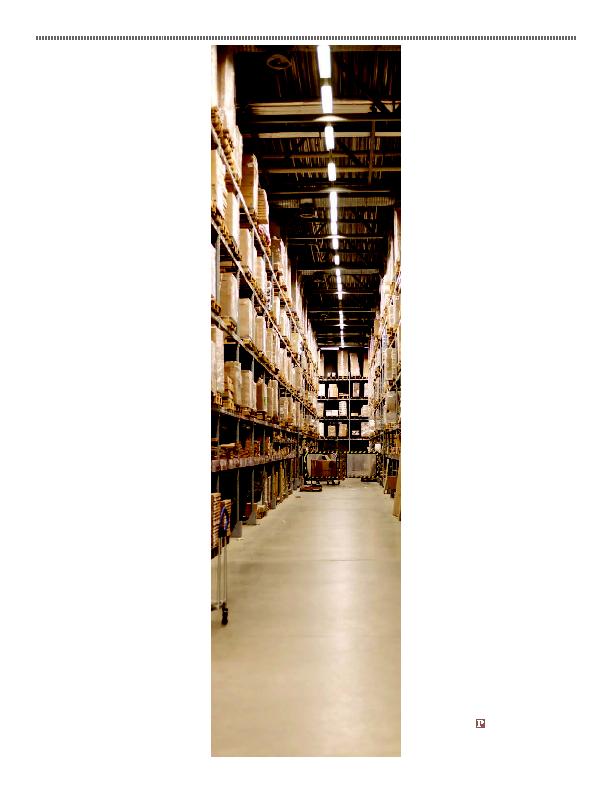
the Jurisdictional Analysis
and obvious defense varies by jurisdic-
tion. As the last holdout of contributory
negligence, the open and obvious de-
fense has easier application in Alabama
than other jurisdictions. In comparative
negligence jurisdictions, the applica-
tion of the defense varies from state to
state. Some states continue to use the
defense as a complete bar to a plaintiff's
recovery: e.g., Massachusetts, Nevada
and Ohio. Other states have held that the
defense is not a complete bar to recovery
because the obvious nature of the hazard
may not always defeat a landowner's
duty: e.g., Illinois, Kentucky, Michigan,
Missouri, New Mexico, Utah and Tennes-
see. Still other states have abolished the
defense and consider the known qual-
ity of a danger solely as a component of
comparative fault: e.g., Idaho, Mississip-
pi, Oregon, Texas, Hawaii and Wyoming.
It is important to remember that a
landowner may be liable for an unrea-
sonably dangerous condition, even if it is
open and obvious, but not if a reasonable
person would avert harm. That is the
rule of the Restatement (Second) of Torts
§343A(1) (1965), which states:
to his invitees for physical harm
caused to them by any activity
or condition on the land whose
danger is known or obvious to
them, unless the possessor should
anticipate the harm despite such
knowledge or obviousness.
scheme in your state, the open and
obvious nature of the hazard can play an
important role in your case even if it does
not serve as a complete bar to recovery.
it is important to establish plaintiff's
awareness of the store's condition during
discovery of the case. During deposition,
attempt to elicit information regarding the
following:
plaintiff frequents the store on a
weekly to monthly basis.
the plaintiff noticed merchandise in
the aisle. Whether the plaintiff was
aware of the store's general condition,
e.g., store frequently had boxes of
merchandise in the aisle, generally
cluttered or messy, etc.
the plaintiff attempted to maneuver
around the alleged hazard; step over
a spill; inquire or make comments to
store employees regarding the store
condition.
have been observed by the plaintiff?
Not whether it was consciously
appreciated, but whether the plaintiff
should have seen the hazard given its
size, location or other characteristics.
as possible, you will be able to determine
the availability and potential impact of the
open and obvious defense on your case.
should continue to encourage our clients
to vigilantly maintain safe premises,
the open and obvious doctrine serves to
provide protection in an age of growing
retail clutter. Although the open and
obvious defense may not always lead to
a certain victory, the benefits that it can
provide show that it should always be an
important consideration in defending any
premises claim.